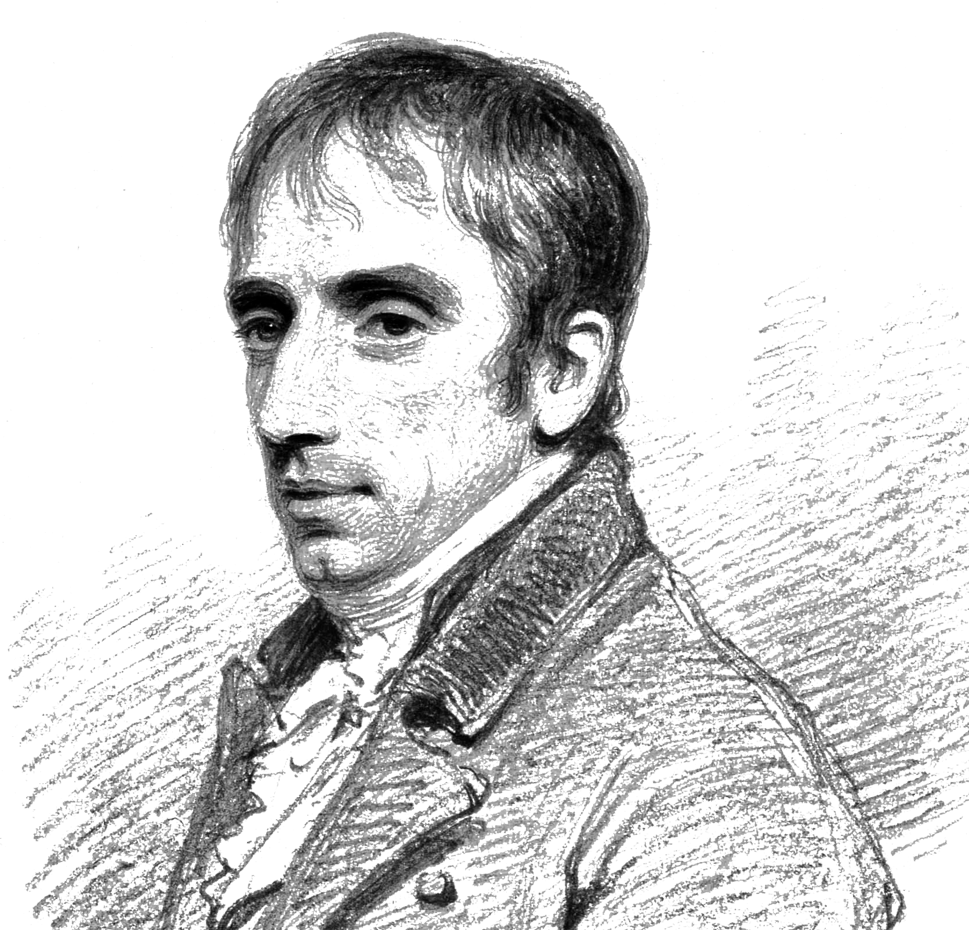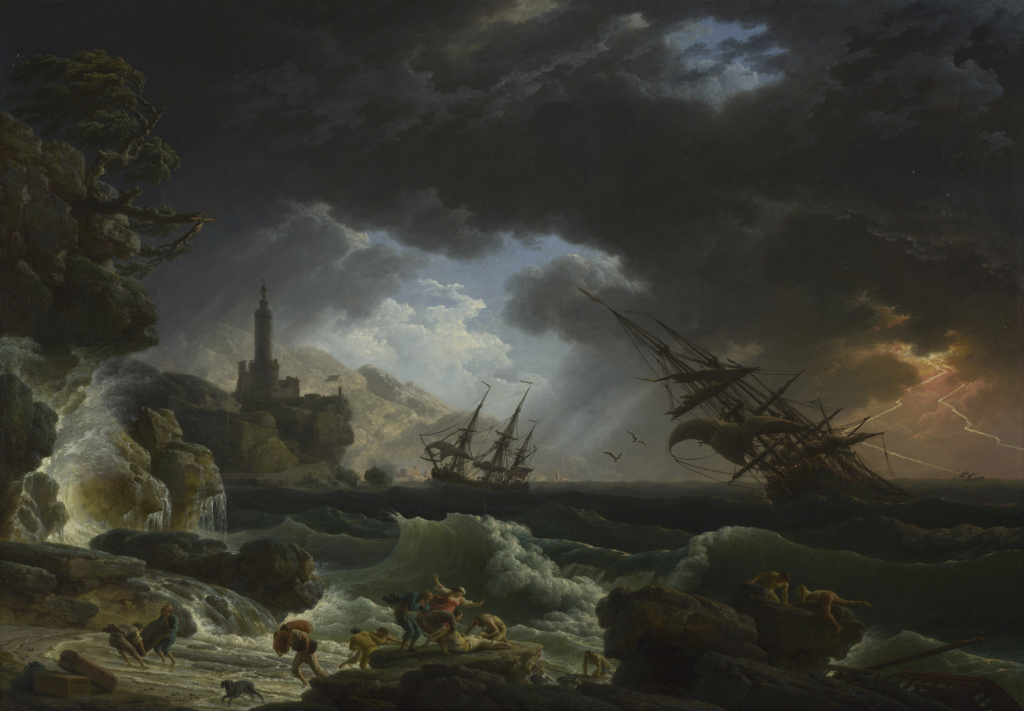
Origins of Romanticism
Romanticism is a movement which originated mainly in England as well as parts of Europe during the late 18th centaury, being sparked by the industrial revolution and the French revolution, and quickly spread to other parts of Europe and America.
The French Revolution began in 1789 and was caused by France being on the brink of bankruptcy and the growing dislike for the French monarchy. Before the revolution literature and also art was mainly made about high class people and religion, but after the revolution people were given more creative freedom to express themselves so started writing about nature and emotion instead. Romanticism was also used as an escape from reality which the French citizens needed after going through the revolution, further boosting romanticism and its popularity.
Industrialisation causes an increase in urbanisation (the increase of people living in towns and cities) and the increase in factories due to the demand for manufactured goods increased during the mid 18th centaury. This cased more people to live in cities and get factory jobs away from nature, which romanticists argued against and felt that this new industrial lifestyle was harsh and was supressing the natural human spirit. This caused romanticists to focus on nature again and natural human emotion as away to escape from this lifestyle.
The Romanticism movement mainly consists of an interest in nature and its beauty rather than the industrialisation which was going on at the time. Human emotion by expressing intense or true emotions, as well as the sublime. It also consisted of beautifying the past commonly the middle ages (medieval era) as ether a respect for the traditions and architecture or a sense of nostalgia. The movement was commonly displayed in the arts and forms of literature.
William Wordsworth

William Wordsworth was a popular romantic poet during the late 18th centaury and has been described as ‘the farther of romantic poetry’. Wordsworth moved into dove cottages in the lake district, which was known for its outstanding beauty. Wordsworth would commonly write about nature, history and an emphasis for a simpler life saying “For I have learned to look on nature, not as in the hour of thoughtless youth, but hearing oftentimes the still, sad music of humanity.”
Wordsworth also had a hatred for anything industrial, which was happening at the time, saying at the start of one of his poems: “Is there no nook of English ground secure From rash assault?” And when a trainline was proposed to run through the lake district Wordsworth and his fans did everything the could to get the train rerouted away from the lake district.
Romanticism vs The Age of The Enlightenment
The Age of The Enlightenment which is also known as the age of reason was a movement that occurred mainly in western Europe during the 17th to early 19th century which focused on science instead of religion an rationality over beliefs. The romanticists were against this idea and felt that reason was overemphasised and believed in connections to nature and human emotions even if it was irrational.
The Sublime
Nowadays the word sublime means really good or excellent, however the sublime was actually a key part of romanticism and has a completely different meaning.
Edmund Burk was an Irish philosopher who moved to London in 1750 and served in parliament in 1766. Edmund also wrote books, in 1757 he wrote a book called A Philosophical Enquiry into the Origin of Our Ideas of the Sublime and Beautiful. In this book he would go on to explore the ideas of ‘the sublime’ with Edmund describing the Ruling principle for sublime as the awe and beauty of nature, but also elements of fear and terror because of how merciless it is.

A common theme with the sublime is the sea as it can create awe by its beauty, but also terror by its vastness and powerfulness.
This is why shipwrecks can be a popular subject in these paintings as they can create feelings of terror, by the destruction and power of the sea/nature on the ships and awe by the emphasis on nature in the paintings, for example the sky and the waves.
